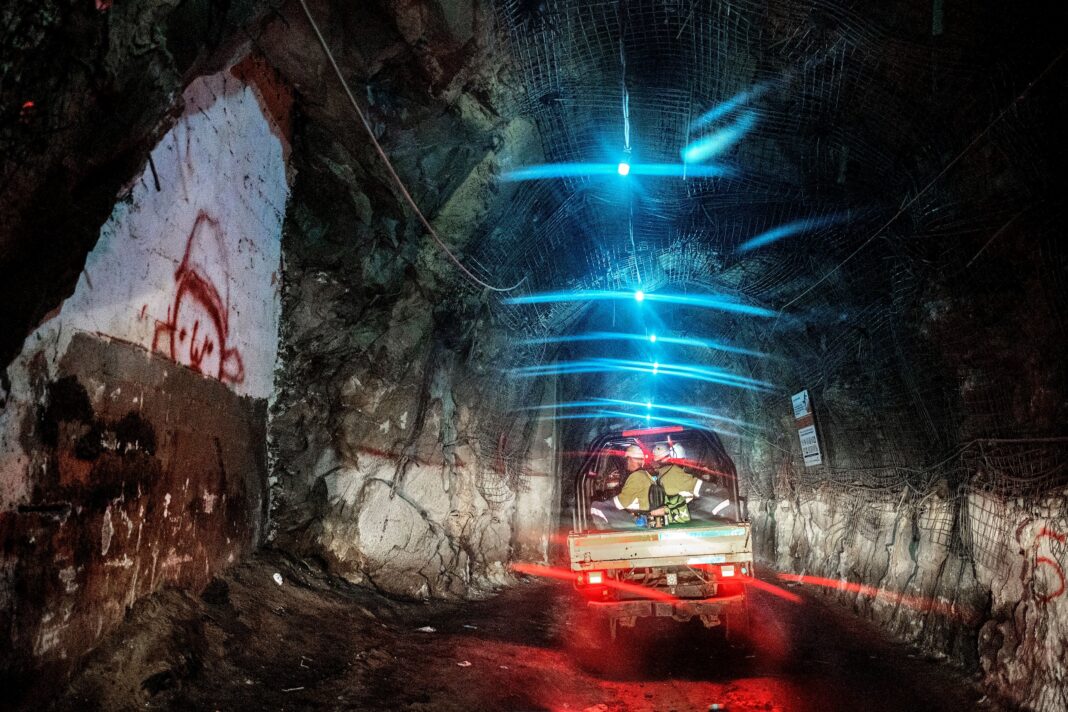
Given all that he has on his plate, it is perhaps surprising that Harmony Gold CEO Beyers Nel is still looking around for further merger and acquisition (M&A) opportunities. Nel says Harmony is still keen to grow in gold but notes there is not much left to go for in South Africa at this stage, although there are a couple of key targets that are currently out of reach.
Harmony has also become very picky in what it will go for, which stands in sharp contrast to the gold group’s early days when it happily picked up the unwanted marginal gold assets being shed by the then South African gold majors.
“We like South Deep. We believe it’s a mine that in the longer term naturally belongs in the Harmony stable, but it’s not for sale. It also has a massive value on it now given where the gold price is, and all credit to Gold Fields and COO Martin Preece in that the mine is now performing a little better than it has historically,” said Nel.
He said Harmony had not made a formal approach to Gold Fields over South Deep.
“DRDGold is also an asset we really like – it’s also not for sale and the situation is complicated by the fact that Sibanye-Stillwater has control.”
Nel reckons that Sibanye-Stillwater’s South African gold mines might be for sale, but Harmony is not interested in those. “We don’t really like Sibanye-Stillwater’s gold mines if you look at their cost profile. Arguably, those are for sale, but they would not improve the quality of our gold mine portfolio. Part of what we managed to get right at Harmony is making a shift to the left on the cost curve. To some extent the Sibanye assets would do the opposite.”
The bottom line seems to be that with the solid foundation of the two large and high-grade operations it now owns – Moab Khotsong and Mponeng – Harmony has moved into another league. Nel says the group is enjoying the “phenomenal” gold price but is remaining conservative in its mining approach and is not being “lured” into dropping its cut-off grades and looking to mine lower-grade, more marginal sections just to increase gold output.
He agrees that approach puts the group’s marginal Free State operations – mines such as Joel, Masimong, Target and Tshepong – squarely in the firing line if the gold price were to turn down.
“These are the mines that we have not necessarily allocated major growth capital to, said Nel.
“We are mining them for cash and we are investing in ongoing capital development which we roll over if the gold price stays strong. So these are the mines that would be in trouble. They are important to us now because they still account for around 40% of our production, but if they came off, it would not be the end of the world. Their margins are thin and we would have to react if the gold price came off.”



